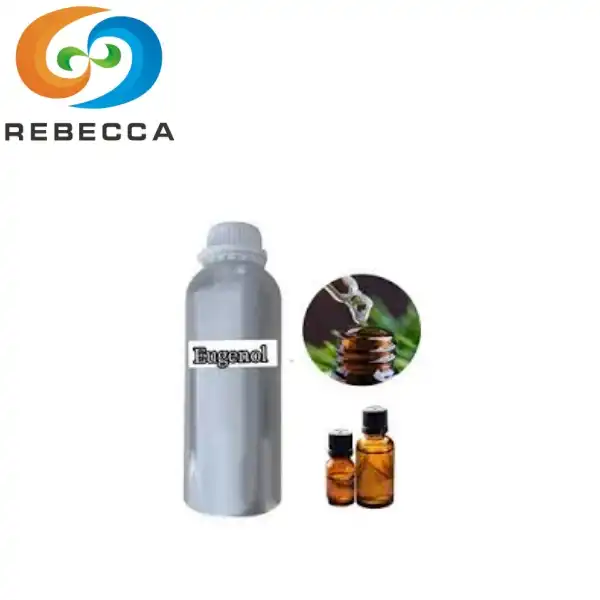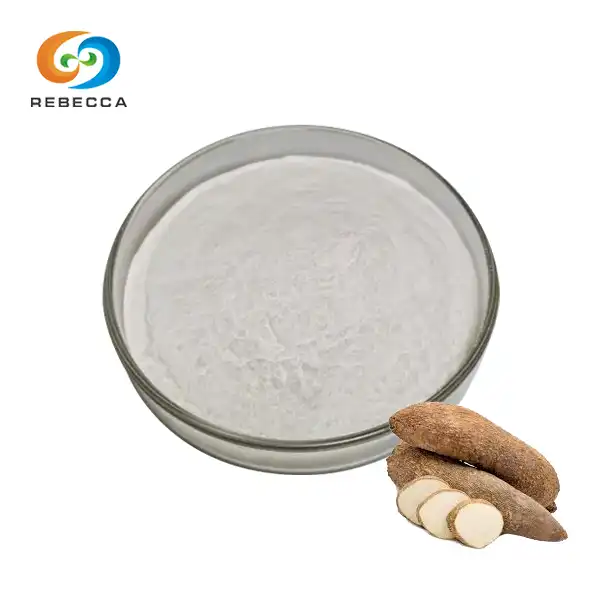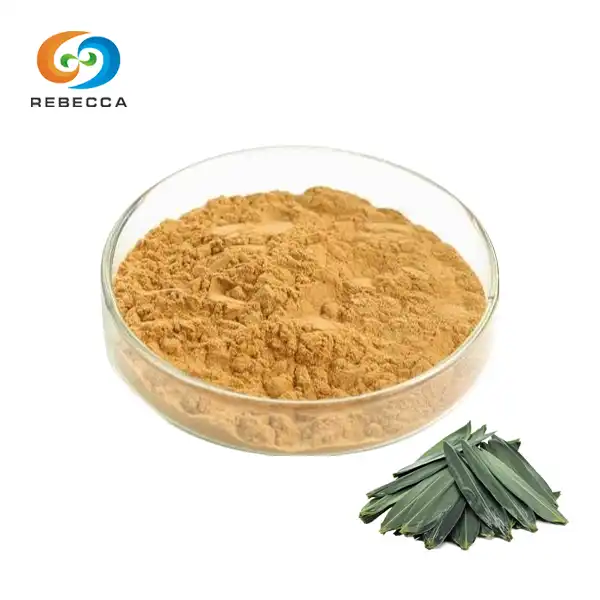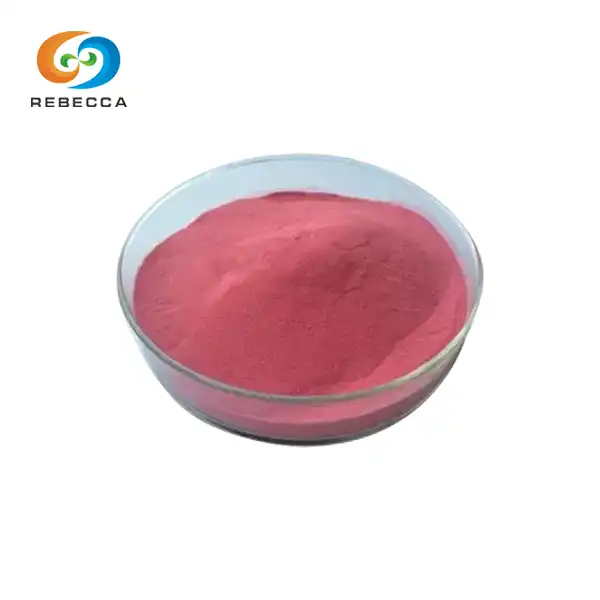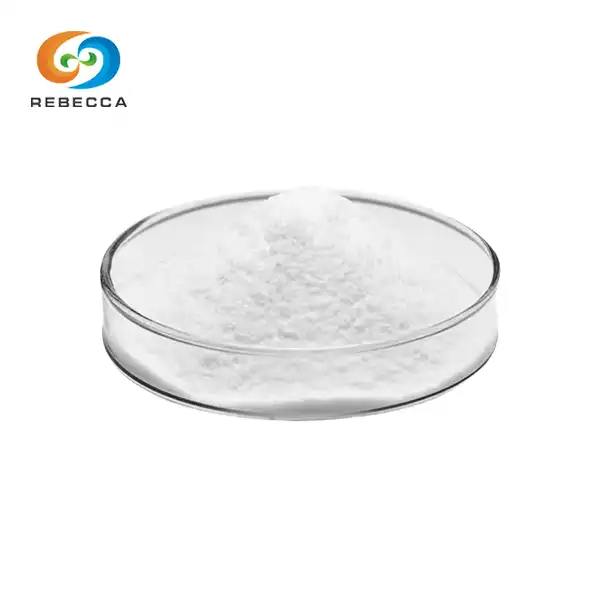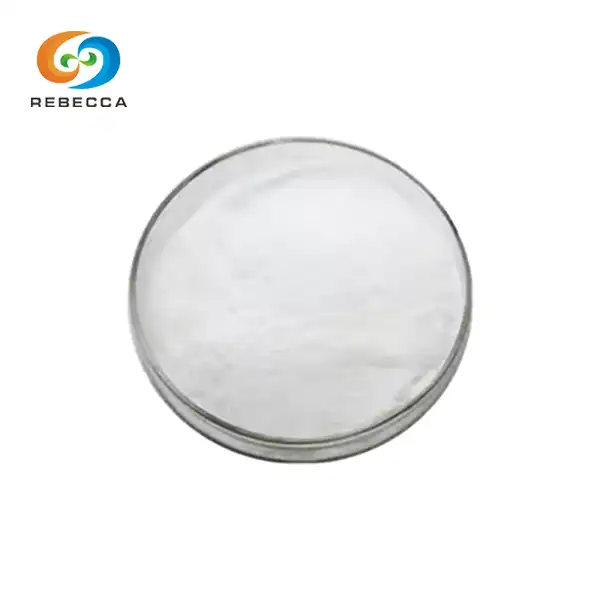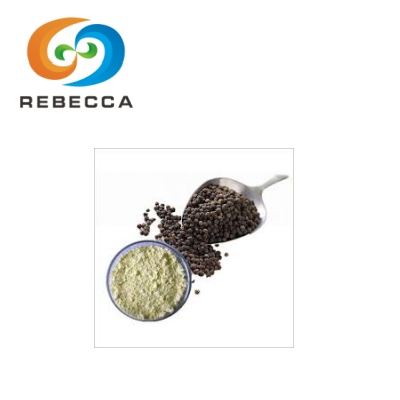When to use Tomato Extract vs Tomato Paste?
tomato extract, a powdered form rich in bioactive compounds, is typically used in supplements and functional foods for its health benefits. It's particularly valued for its high lycopene content and antioxidant properties. On the other hand, tomato paste is a thick, reduced form of tomatoes used primarily in cooking to add depth and body to dishes.

Tomato Extract
English name: Tomato extract
Latin Name: Lycopersicon esculentum
CAS No.: 502-65-8
Molecular formula:C40H56
Molecular Weight: 536.88
active ingredients: lycopene
Specification: 5%~98%
Use Part : fruit
Appearance: Dark red powder
Mesh size:80 Mesh
Test Method: HPLC
Culinary Applications: Extract vs Paste
Enhancing Sauces: Extract for Flavor, Paste for Body
When it comes to enhancing sauces, both have their merits. Tomato extract, being a concentrated powder, offers intense flavor without adding excess liquid. This makes it ideal for sauces where maintaining a specific consistency is crucial. The extract's potent flavor profile allows for subtle enhancement without altering the sauce's texture significantly.
Tomato paste, conversely, excels in providing body and thickness to sauces. Its concentrated form and natural pectin content help create a rich, smooth texture. This makes tomato paste invaluable in recipes like marinara or bolognese, where a robust tomato base is desired. The paste's ability to blend seamlessly into liquids while adding depth makes it a staple in many kitchens.
Soups and Stews: Choosing the Right Tomato Product
In soups and stews, the choice between tomato extract and paste depends on the desired outcome. Tomato extract can be used to boost the tomato flavor without increasing liquid content, making it suitable for clear broths or consommés. Its powder form allows for easy incorporation at any stage of cooking, providing flexibility in flavor adjustment.
Tomato paste shines in hearty soups and stews where a thick, rich base is desired. Its concentrated form adds both flavor and body, contributing to the overall mouthfeel of the dish. The paste's ability to caramelize when sautéed adds depth to the flavor profile, enhancing the overall complexity of the soup or stew.
Quick Dishes: Extract's Convenience vs Paste's Richness
For quick dishes, tomato extract offers unparalleled convenience. Its powdered form allows for instant incorporation into recipes without the need for cooking down or reducing. This makes it ideal for last-minute flavor adjustments or in dishes where cooking time is limited. The extract's versatility shines in applications like dry rubs, seasoning blends, or even as a flavor enhancer in smoothies or protein shakes.
Tomato paste, while requiring slightly more preparation, provides a richer flavor profile in quick dishes. Its concentrated form means a small amount can significantly impact the taste and texture of a dish. In quick sautés or pasta dishes, a dollop of tomato paste can transform the flavor profile, adding depth and umami notes that might otherwise require longer cooking times to develop.
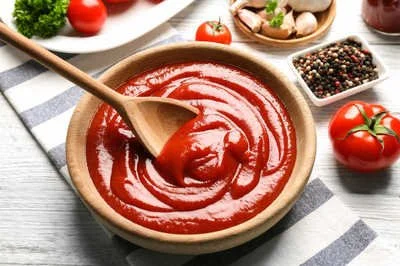

Nutritional Differences: Concentrated Benefits Explained
Lycopene Content: Extract vs Paste Comparison
Lycopene, a powerful antioxidant known for its potential health benefits, is present, but in varying concentrations. Tomato extract, specifically designed to concentrate bioactive compounds, often contains higher levels of lycopene per gram compared to tomato paste. This concentrated form makes tomato extract particularly valuable for nutritional supplements and functional foods targeting lycopene intake.
Tomato paste, while still a good source of lycopene, typically contains lower concentrations due to the presence of other tomato components. However, the lycopene in tomato paste is often more bioavailable due to the cooking process, which breaks down cell walls and releases the compound. This makes tomato paste an excellent choice for culinary applications where both flavor and nutritional benefits are desired.
Vitamin C and Antioxidants: Which Form Packs More Punch?
When it comes to vitamin C and other antioxidants, both tomato extract and paste have their strengths. Tomato extract, due to its concentrated nature, often contains higher levels of vitamin C and other antioxidants per gram. The extraction process used to create the powder can preserve these sensitive compounds, making tomato extract a potent source of antioxidants.
Tomato paste, while containing lower concentrations of vitamin C due to the cooking process, still retains significant antioxidant properties. The heat treatment involved in creating tomato paste can actually increase the bioavailability of certain antioxidants, particularly lycopene. This makes tomato paste a valuable ingredient for incorporating antioxidants into cooked dishes.
Calorie and Fiber Content: Making Informed Choices
The calorie and fiber content of them differ significantly, influencing their use in various applications. Tomato extract, being a concentrated powder, typically has a lower calorie content per serving compared to tomato paste. This makes it an attractive option for low-calorie or calorie-controlled products. However, the fiber content in tomato extract may be lower due to the extraction process.
Tomato paste, being a less processed form of tomatoes, retains more of the fruit's natural fiber. This higher fiber content contributes to its ability to add body and texture to dishes. The calorie content of tomato paste is generally higher than that of tomato extract, but it's still relatively low compared to many other cooking ingredients. The fiber in tomato paste can contribute to feelings of fullness and aid in digestion when incorporated into meals.

Flavor Profiles: Choosing the Right Tomato Product
Intensity of Tomato Flavor: Extract vs Paste Showdown
The intensity of tomato flavor varies significantly between tomato extract and tomato paste, influencing their use in different applications. Tomato extract offers a concentrated, pure tomato flavor without the added moisture or texture of paste. This intensity allows for subtle flavor enhancements in products where a strong tomato taste is desired without altering texture or consistency. The extract's potency makes it ideal for use in seasoning blends, dry mixes, or as a flavor enhancer in beverages and snacks.
Tomato paste provides a rich, cooked tomato flavor that's less intense but more complex than the extract. The cooking process involved in creating tomato paste develops deeper, more savory notes, often described as umami. This complexity makes tomato paste invaluable in dishes where a robust tomato flavor is desired, such as sauces, stews, and soups. The paste's ability to blend into dishes while providing a full-bodied tomato taste makes it a staple in many cuisines.
Acidity Levels: Impact on Dish Balance and Taste
The acidity levels in tomato extract and paste play a crucial role in their impact on dish balance and overall taste. Tomato extract typically has a more concentrated acidity due to its processing method. This concentrated acidity can be beneficial in recipes where a bright, tangy tomato flavor is desired without adding extra liquid. The extract's acidity can help balance rich or fatty dishes, making it useful in dressings, marinades, or as a seasoning for meats.
Tomato paste generally has a more mellow acidity compared to the extract. The cooking process involved in creating tomato paste reduces some of the natural acidity, resulting in a smoother, less tart flavor profile. This reduced acidity makes tomato paste easier to incorporate into a wide range of dishes without overpowering other flavors. In recipes where a balanced tomato flavor is needed without excessive tanginess, tomato paste is often the preferred choice.
Versatility in Recipes: When to Opt for Extract or Paste
The versatility of tomato extract and paste in recipes depends on their unique properties and the desired outcome of the dish. Tomato extract shines in applications where a concentrated tomato flavor is needed without adding moisture or altering texture. It's particularly useful in dry mixes, rubs, and seasoning blends. The extract's powdered form allows for easy incorporation into baked goods, energy bars, or even ice creams for a unique tomato twist.
Tomato paste excels in recipes that benefit from its rich flavor and thick consistency. It's indispensable in traditional tomato-based sauces, soups, and stews. The paste's ability to blend smoothly into liquids while providing body makes it ideal for creating quick pan sauces or adding depth to braises. In vegetarian or vegan cooking, tomato paste can be used to add umami and richness to plant-based dishes, mimicking the savory notes often associated with meat-based recipes.
The choice between tomato extract and tomato paste depends on the specific needs of your recipe or product. Tomato extract offers a concentrated flavor and nutritional profile, making it ideal for supplements, functional foods, and recipes requiring intense tomato taste without added moisture. Tomato paste, with its rich flavor and thick consistency, excels in culinary applications where texture and depth are desired. Both forms provide valuable nutritional benefits, particularly in terms of lycopene and antioxidants. Understanding their unique properties allows for optimal use in various applications, enhancing both flavor and nutritional value in your creations.

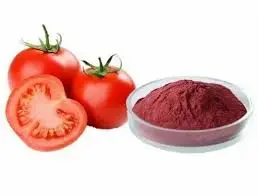
Tomato Extract Supplier
Tomato extract, derived from Lycopersicon esculentum fruit, is a high-value botanical product rich in lycopene (CAS No. 502-65-8) with a molecular formula of C40H56 and molecular weight of 536.88. Available in dark red powder form at specifications ranging from 5% to 98% lycopene, tested by HPLC, it is ideal for applications in food, cosmetics, and scientific research.
Rebecca is proud to offer the world's first large-scale biologically produced tomato lycopene extract, ensuring top quality and high purity directly from our factory. Whether you need consistent, high-standard lycopene for commercial use or research, our products are tailored to meet your requirements.
For detailed product information or to place an order, please contact us at information@sxrebecca.com. Our expert team is ready to assist you with inquiries about production processes, quality controls, and how our lycopene extract can enhance your projects.
References
- Shi, J., & Le Maguer, M. (2000). Lycopene in tomatoes: chemical and physical properties affected by food processing. Critical Reviews in Food Science and Nutrition, 40(1), 1-42.
- Erdman, J. W., Ford, N. A., & Lindshield, B. L. (2009). Are the health attributes of lycopene related to its antioxidant function? Archives of Biochemistry and Biophysics, 483(2), 229-235.
- Raiola, A., Rigano, M. M., Calafiore, R., Frusciante, L., & Barone, A. (2014). Enhancing the health-promoting effects of tomato fruit for biofortified food. Mediators of Inflammation, 2014, 139873.
- Capanoglu, E., Beekwilder, J., Boyacioglu, D., Hall, R., & de Vos, R. (2008). Changes in antioxidant and metabolite profiles during production of tomato paste. Journal of Agricultural and Food Chemistry, 56(3), 964-973.
- Porrini, M., & Riso, P. (2005). What are typical lycopene intakes? The Journal of Nutrition, 135(8), 2042S-2045S.
- Martínez-Huélamo, M., Tulipani, S., Estruch, R., Escribano, E., Illán, M., Corella, D., & Lamuela-Raventós, R. M. (2015). The tomato sauce making process affects the bioaccessibility and bioavailability of tomato phenolics: A pharmacokinetic study. Food Chemistry, 173, 864-872.
